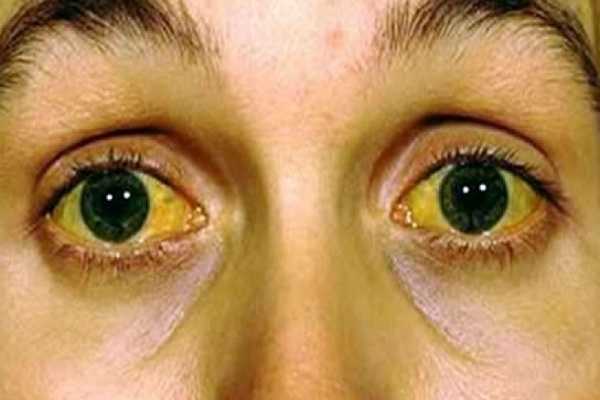Jaundice, also known as ‘icterus’ in technical terms, is a medical condition in which an individual experiences yellowing of skin and eyes because of raised bilirubin levels in the system. It is usually indicative of a problem in red blood cells, gallbladder, liver, pancreas or bile duct. The color of skin or whites of the eye may vary based on levels of bilirubin. While the moderate levels appear yellow, the brown color shows high levels.
Though the word ‘jaundice’ comes from the French ‘jaunisse’ which means ‘yellow disease’, it is not considered as a disease itself but rather as a symptom of many potential underlying illnesses.
Jaundice can occur in people of all ages. However, jaundice is more common in infants especially premature babies than adults. In nearly 50% of cases, jaundice occurs in the first week following birth and does not lead to complications in most of them. In newborns with very high bilirubin levels for a long time, a type of brain damage called kernicterus may take place.
Let’s know more about the types, causes, symptoms, complications, diagnosis, treatment and preventions of jaundice here.
How Many Types of Jaundice are There?
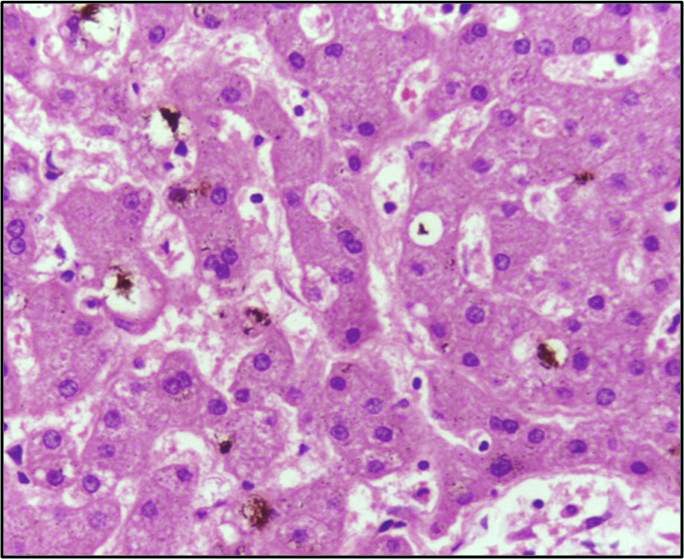
The jaundice types include:
1. Hemolytic Jaundice
This type of jaundice results from hemolysis (rapid destruction of red blood cells) which leads to an excessive bilirubin production.
2. Hepatocellular Jaundice
Some liver disease or injury causes this type of jaundice.
3. Obstructive Jaundice
Obstructive jaundice occurs when there is an obstruction or blockage in the bile duct. Due to this, bilirubin is prevented from leaving the liver.
Jaundice Causes & Risk Factors
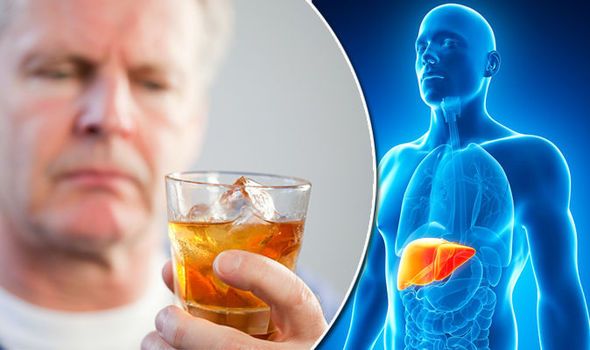
The causes of jaundice can be non-serious to potentially fatal. The levels of bilirubin in blood are usually below 1.0 mg/dL (17 µmol/L). The levels above 2–3 mg/dL (34-51 µmol/L) usually lead to the condition of jaundice.
As the yellowing of skin and eyes occurs due to excessive bilirubin production (or improper processing of bilirubin), jaundice may be caused due to a certain problem in the liver. When the old and dead red blood cells reach the liver, they go through a breakdown process. The yellow-colored waste ‘bilirubin’ remains in the blood after the iron removal takes place.
When bilirubin is in excess amount, it can leak into the surrounding tissues. This condition is known as hyperbilirubinemia, thereby causing the yellowing of the skin and eyes.
Conjugated (direct) and unconjugated (indirect) bilirubin are the two types of high bilirubin. In the liver, other chemicals may attach to the bilirubin, and a substance called conjugated bilirubin forms as a result. It may be caused by liver diseases, medications, bile duct blockage or medications. Whereas, high unconjugated bilirubin may result from excessive RBC breakdown, thyroid problems, genetic conditions or newborn jaundice (jaundice in infants).
Other possible causes of jaundice in adults include alcohol misuse, different types of hepatitis such as hepatitis A, B, C, D & E, Weil's disease, liver cancer, side-effect or overdose of a medication, sickle cell anemia, and gallstones, among others. The other rare conditions that may cause jaundice include Pseudojaundice, Dubin-Johnson syndrome, and Crigler-Najjar syndrome.
The major cause of jaundice in a newborn baby is that their liver is not fully developed, also known as breast milk jaundice. It is a frequent occurrence in newborns, especially premature babies.
Jaundice Symptoms
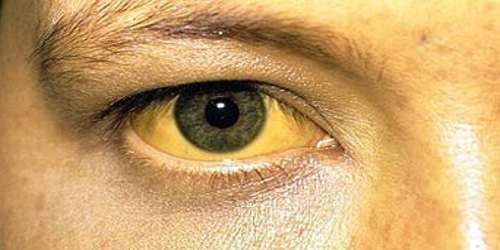
The common signs of jaundice are:
- A yellow tint to the skin and the whites of the eyes is the characteristic symptom of jaundice. It usually starts at the head and spreads down the body. In severe cases, the whites of the eyes may become orange or brown.
- Pale Stools
- Itchiness
Dark urine
Some other symptoms of jaundice which might occur as a result of low bilirubin levels are:
- Fatigue
- Abdominal pain
- Weight loss
- Vomiting
- Fever
Some people tend to diagnose themselves incorrectly when they have yellow skin. However, those affected by jaundice have both yellow skin and eyes.
If you only have yellow skin, it may be due to too much beta-carotene in your body. And an excess of this antioxidant is not a cause of jaundice.
So is jaundice contagious? Well, it’s not but the underlying conditions causing it can be!
Complications
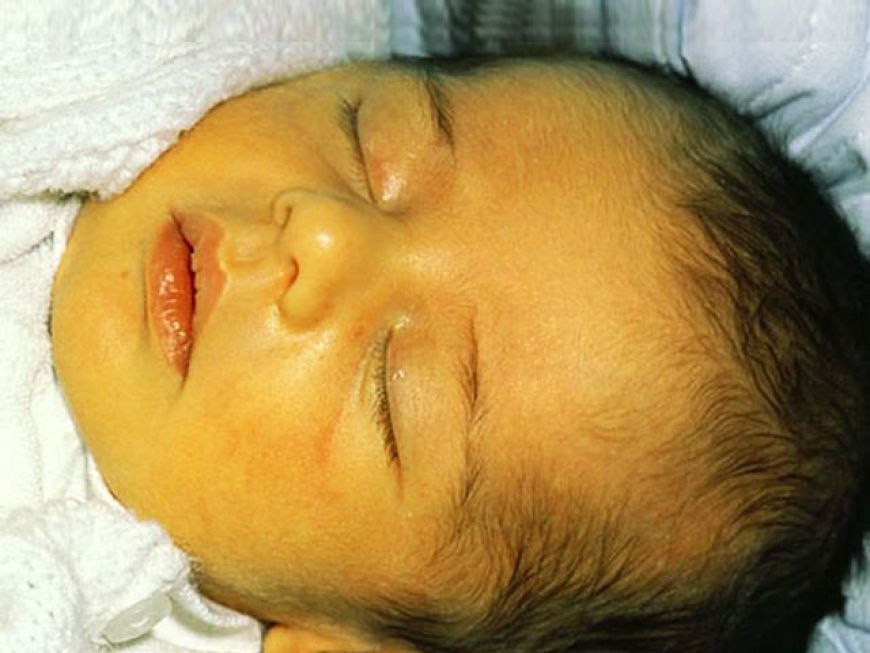
When the complications occur, they’re usually due to the underlying problem and not jaundice. For instance, in case an obstructed bile causes jaundice, uncontrolled bleeding may occur. That’s because of the blockage which leads to a vitamin shortage required for clotting.
The itching accompanied by jaundice can sometimes be so intense that the patients might tend to scratch their skin raw, experience insomnia or have suicidal thoughts in extreme cases.
Hyperbilirubinemia, more specifically hyperbilirubinemia because of the unconjugated fraction, may cause bilirubin accumulation in the gray matter of CNS (central nervous system) and potentially cause irreversible neurological damage eventually resulting in a condition called kernicterus.
Depending on the exposure level, the effects range from clinically unnoticeable to severe brain damage and even death. The newborns are particularly susceptible to hyperbilirubinemia-induced neurological damage. So it’s a must to monitor the changes in children’s serum bilirubin levels carefully.
Diagnosis

For the diagnosis of jaundice, the doctors are most likely to seek the patient’s history and physical examination to identify the bilirubin levels. They will closely notice the firmness of the liver, abdomen, and feel for tumors.
A firm liver could be an indication of cirrhosis or scarring of the liver. A rock-hard liver suggests cancer. Many tests can help in confirming jaundice. The primary test is a liver function test (a series of blood tests for measuring levels of certain proteins and enzymes produced by the liver when healthy or damaged) for finding out whether it is functioning properly or not.
If a doctor can’t find the cause, a doctor may ask you to get blood tests for checking bilirubin levels and blood composition. It will firstly help determine the cause of jaundice and also identify signs of other diseases like hepatitis.
Some other tests include:
-
Bilirubin tests: A high level of unconjugated bilirubin compared to levels of conjugated bilirubin indicates hemolytic jaundice.
-
Full blood count (FBC) or complete blood count (CBC): It is used to measure levels of RBCs, WBCs (white blood cells), and platelets. It may also provide evidence of hemolytic anemia (if any).
-
Hepatitis A, B & C tests: They include various liver infections.
-
Liver biopsy: It is carried out for checking inflammation, cancer, cirrhosis, and fatty liver. It involves the removal of small liver tissue samples by needle insertion for testing and microscopic examination.
-
Imaging tests: They may include abdominal ultrasounds, MRI or CT scans to examine the liver structure if an obstruction is suspected.
-
An endoscopic retrograde cholangiopancreatography (ERCP) may also be carried out which is a procedure combining endoscopy and X-ray imaging.
A blood test is done to diagnose the severity of jaundice in newborns. A small blood sample is obtained by pricking their toe. The pediatrician will recommend going for treatment if the results or reports suggest moderate to severe jaundice.
Jaundice Treatment
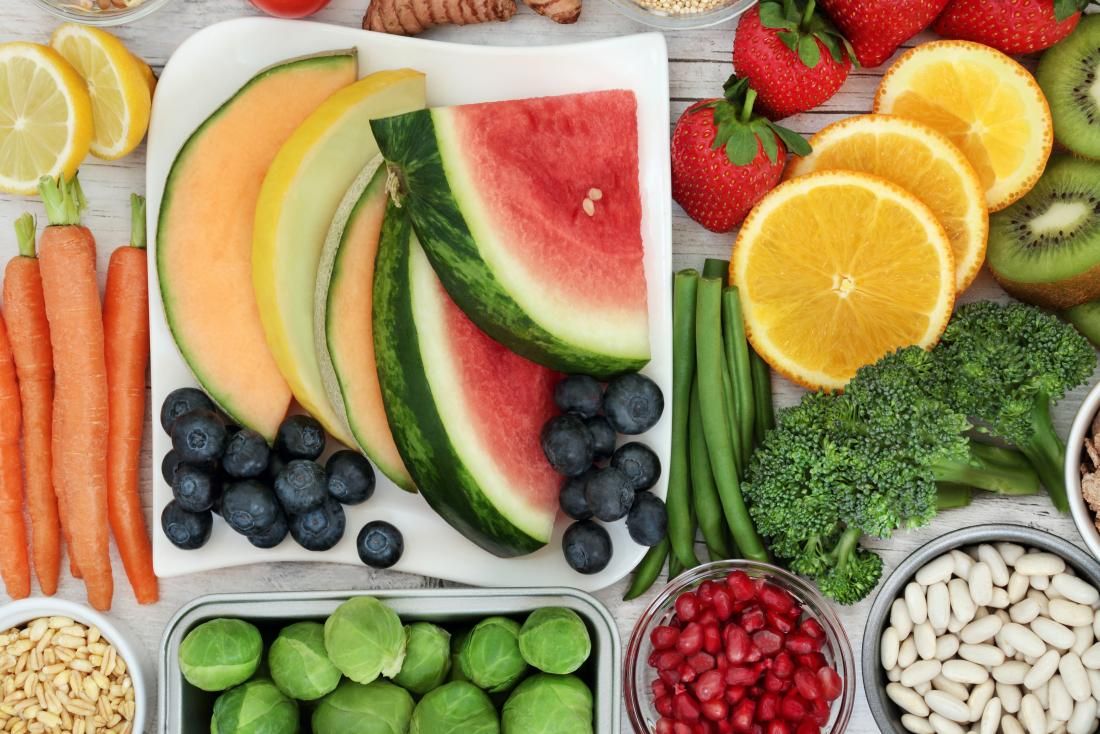
The jaundice is not typically a disease in itself but a symptom of many underlying illnesses. It or its symptoms aren’t usually treated but the condition causing it is treated. The type of treatment recommended for jaundice depends on the cause. Once the treatment starts, the yellow skin might return to normal.
-
Anemia induced jaundice is treated by boosting the iron amount in blood by either taking iron supplements or consuming foods rich in iron.
-
Hepatitis-induced jaundice needs the patient to take antiviral or steroid meds.
-
If some medication use has caused jaundice, the treatment will involve a change of medication.
-
The moderate jaundice is usually treated using phototherapy in a hospital or home for removing excess bilirubin. The light waves used in phototherapy get absorbed in skin and blood. The light helps the body to change bilirubin into waste that requires elimination. As a common side-effect of the therapy, the frequent bowel movements with greenish stools occur (indicating release of bilirubin from the body). A lighted pad may be placed over skin that mimics the natural light.
-
Many cases of jaundice are treated with blood transfusions for removal of bilirubin.
-
In the case of acute viral hepatitis, jaundice by on its own as soon as the liver starts healing. When a blocked bile duct is responsible for the condition, the doctor may typically ask for surgery to open it else medical management occurs. The medical management may include treatment of infectious causes and discontinuation of meds that might be aggravating the condition.
For newborns, depending on the age and prematurity, a bilirubin level higher than 4-21 mg/dL is treatable with phototherapy or exchanged transfusion. The itchiness can be controlled through draining of the gallbladder or ursodeoxycholic acid. As per the American Liver Foundation, most of the jaundice cases in infants get resolved within 1-2 weeks.
And if you prefer going for jaundice treatment at home, the home remedies for jaundice are sunlight, essential oils and inclusion of carrot & spinach juice, sugarcane juice, wheat grass juice, lemon juice, ginger, yogurt, tomato, basil leaves, papaya, barley water, and garlic in the diet.
Jaundice Precautions
Jaundice is associated with liver function. It’s necessary for people to maintain a healthy condition of this vital organ through eating a balanced diet, exercising daily, and avoiding consumption of alcohol more than is recommended.
